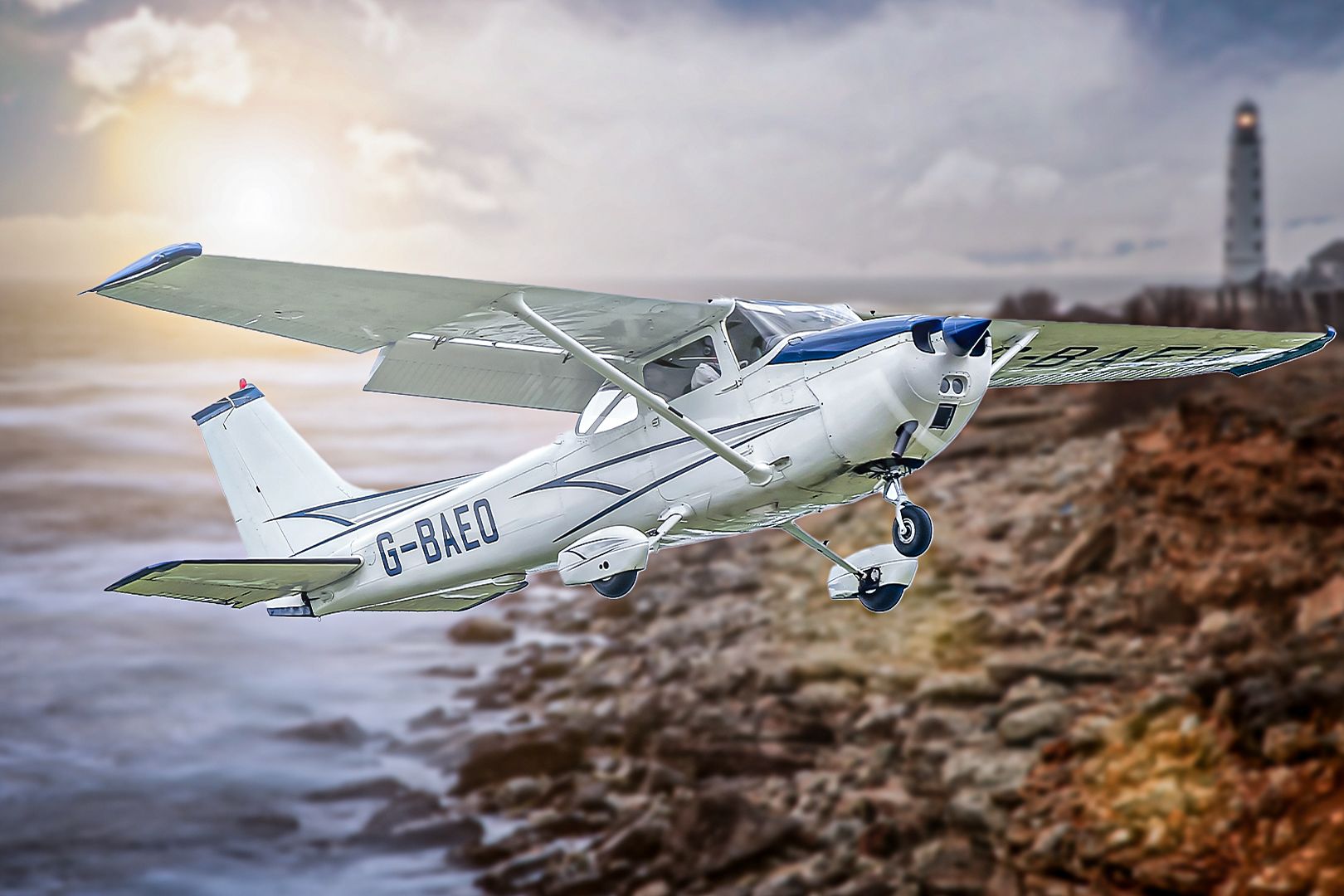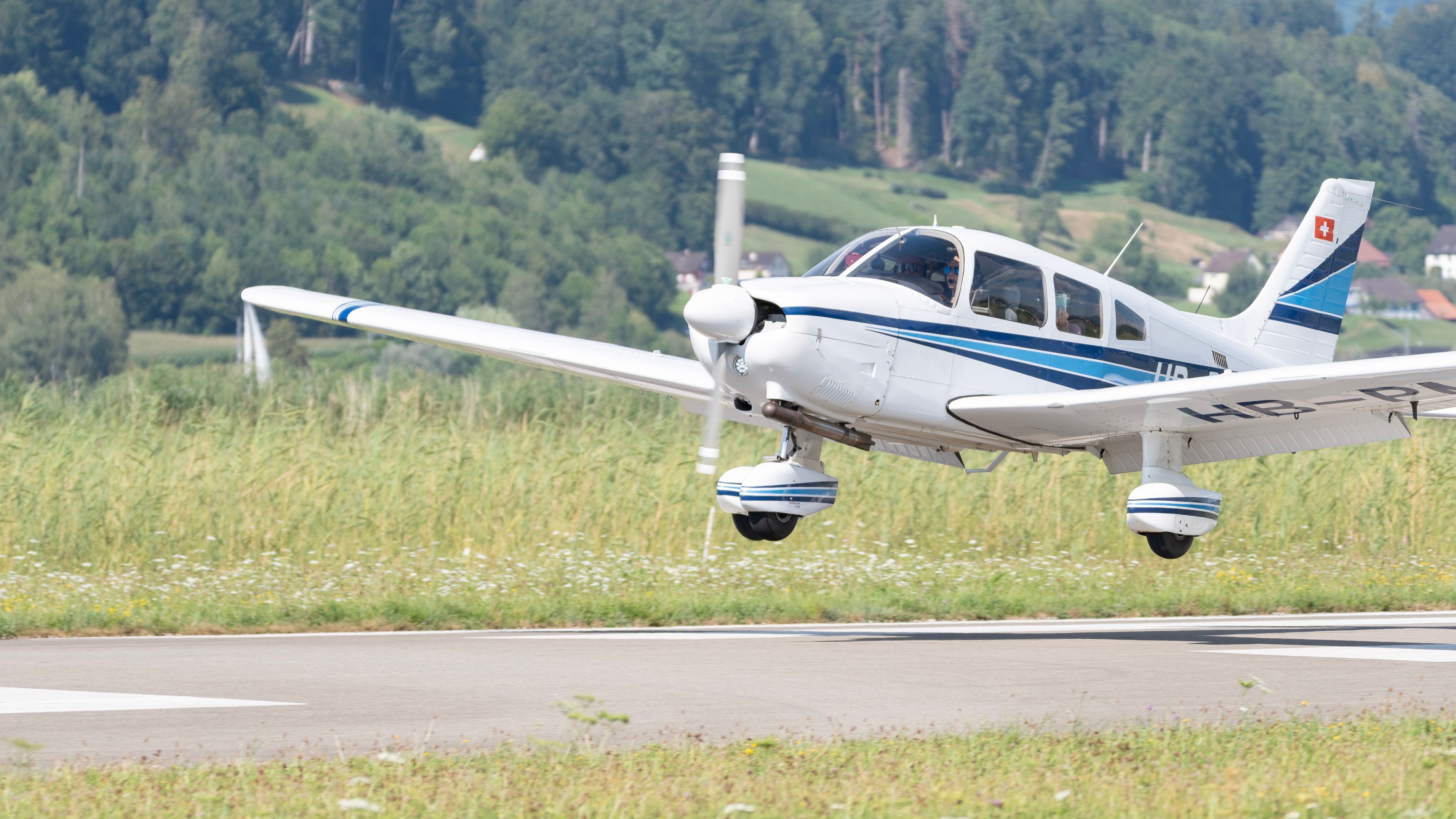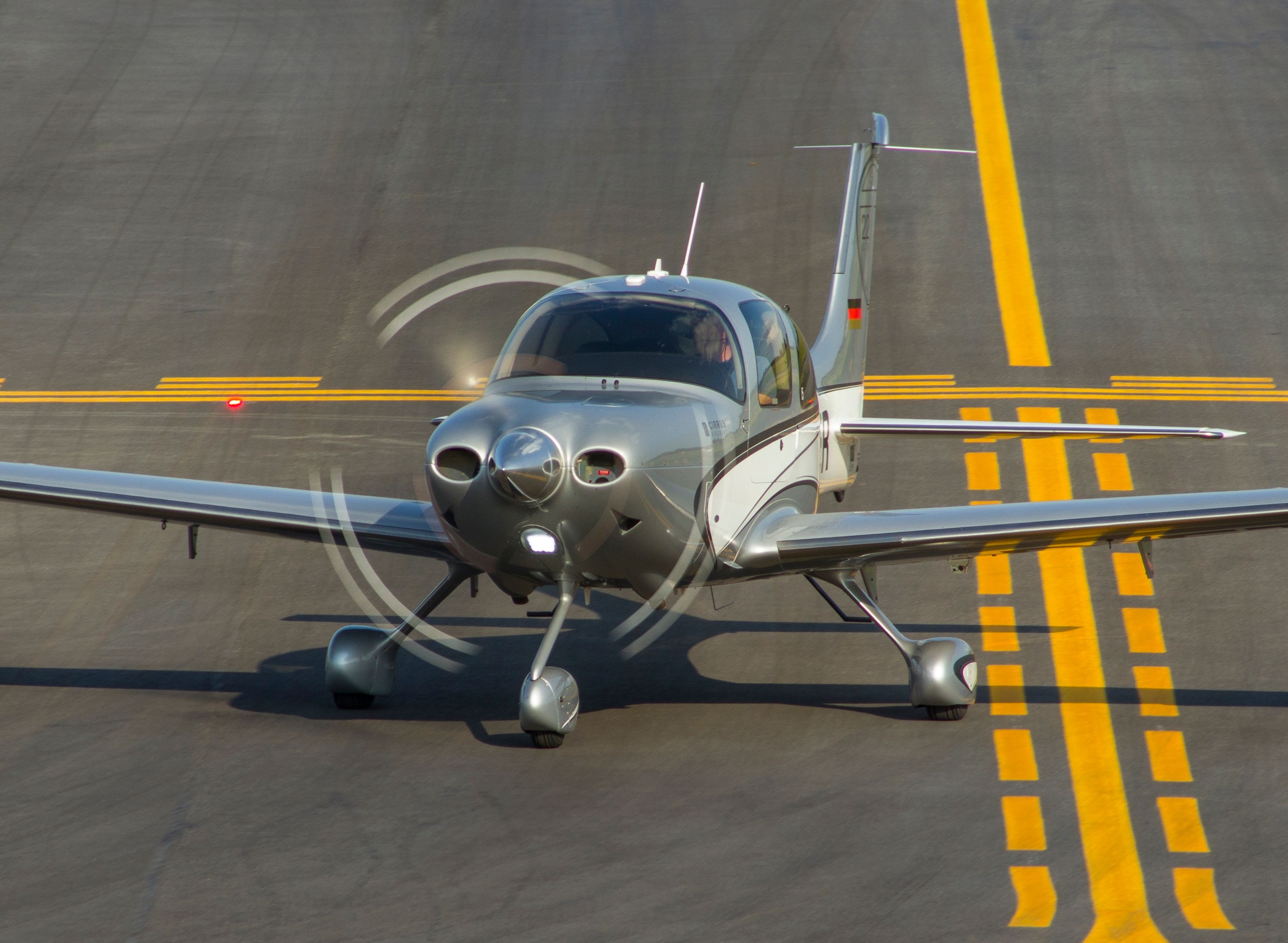Summary
- EAA AirVenture Oshkosh is a famous airshow and aircraft exhibition that is scheduled to last from July 22 to July 28 at Wittman Regional Airport (OSH) in Oshkosh, Wisconsin.
- The FAA recently released its special flight procedures that are meant to help deal with the heavy incoming traffic during EAA AirVenture.
- Some of these procedures and tips given by the FAA and the EAA include planning ahead, familiarizing yourself with nearby airports, and following recommended pointers for a smooth arrival.
EAA AirVenture Oshkosh is one of the world’s most famous airshows and aircraft exhibitions. Typically held during the last week of July, this year’s airshow will be held from July 22 to July 28. The exhibition is held at the Wittman Regional Airport (OSH) every year, which is located in Oshkosh, Wisconsin. Aviation enthusiasts from all over the world will fly their aircraft to Oshkosh, Wisconsin, to see a spectacular range of aircraft and airshows. Because of this, during the week that EAA AirVenture Oshkosh occurs, Wittman Regional Airport typically becomes the busiest airport in the world. To assist the many flyers that are scheduled to land and visit the event, the Federal Aviation Association (FAA) has released a set of special flight procedures that will last throughout the week-long event.
The FAA’s special flight procedures

Related
Which 7 Textron Aviation Aircraft Will Be At EAA AirVenture This Year?
Textron Aviation will bring several Cessna and Beechcraft aircraft to the event.
Initially, the FAA recommends an in-depth flight plan that is determined ahead of time. This should be standard practice, but it is extra important given the nature of the busy airport. The FAA recommends choosing an alternate option in case Wittman Regional Airport is too backed up with incoming arrivals. Some of the nearby airports are:
- Fond du Lac County Airport (FLD)
- Appleton International Airport (ATW)
- Green Bay-Austin Straubel International Airport (GRB)
Many nearby airports, including the three listed above, have available aircraft parking and established shuttle services to Oshkosh. Due to the large number of pilots flying in to Wittman Regional Airport, it is probable that delays may be incurred. Because of this, many pilots may be asked to maintain a holding pattern. This can last a few minutes or more, so it is important to ensure that pilots load their aircraft with extra fuel. Many attendees recommend stopping at a nearby airport on the way to ensure their fuel tanks are topped off.
Wittman Regional Airport is closed during the night, ranging from 20:00 local time to 07:00 local time the following day. The FAA also highlighted specific times that restrictions are scheduled during the week, which are typically placed during scheduled air shows. This includes a temporary flight restriction (TFR) within a five-nautical mile radius of the airport, which ranges from the surface to 16,000 mean sea level (MSL).
The TFRs are in place at the following times:
- 14:15 through 18:30 on July 22 through July 27
- 20:00 through 22:00 on July 24
- 20:00 through 22:00 on July 27
- 13:00 through 16:30 on July 28
The FAA also noted that all VFR aircraft that are planning to fly into Oshkosh should use the Fisk arrival. This is a standard procedure that allows pilots to use visual landmarks as guides while flying into the airport. Turbines, warbirds, and ultralight aircraft are excluded from this approach. The route is relatively similar year-over-year, although small changes and adjustments may be made. It is important to ensure that all pilots are familiar with the most recent Fisk arrival plans.
 Other notes about flying in
Other notes about flying in
The Experimental Aircraft Association (EAA) prepares an in-depth guide for pilots to prepare for their arrival. The company also hosts a live interactive webinar for pilots to attend for extra assistance. The EAA also released several tips for flying into Wittman Regional Airport during the busy event.
One of these tips is to prepare ahead of time. The EAA recommends practicing the arrival via a flight simulator. The Fisk arrival is available on Microsoft Flight Simulator. It is also recommended that pilots listen to the air traffic control (ATC) ahead of time to get a feel for the language. Although ATC chat is typically one-way during the week, due to the large number of pilots, it is still helpful to ensure that the type of language is understood prior to arriving. This is available from LiveATC, which will stream the chatter as it occurs. Additionally, YouTube has several archived ATC videos that pilots may find helpful. These videos may be several years old, but the general terminology remains the same and can help the pilot with getting used to the unique ATC language and dialect.
Photo: Renatas Repcinskas | Shutterstock
The EAA also recommends practicing hitting spots on the runway when landing. It is important for arriving aircraft to land at certain spots on the runways to facilitate the movement of aircraft on the ground. It also may be worthwhile to bring a pilot friend along for the ride. An extra set of eyes and ears can be beneficial when landing during such a busy time. The friend can keep an eye out for other traffic and listen to ATC for additional instructions.
Parking instructions are also important. Temporary delays are common as pilots attempt to navigate their aircraft to their designated parking area. Parking status and other updates on the field conditions are available on the EAA website, and the EAA recommends frequently checking these updates. It is also important for attendees to ensure they are up-to-date with tie-down procedures. Many pilots hangar their planes full-time and, therefore, do not typically use tie-downs. Most of the airport parking requires tie-downs, so the EAA noted that attendees should be able to tie down their aircraft and that the tie-downs they bring are in good shape.

